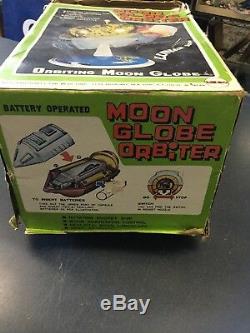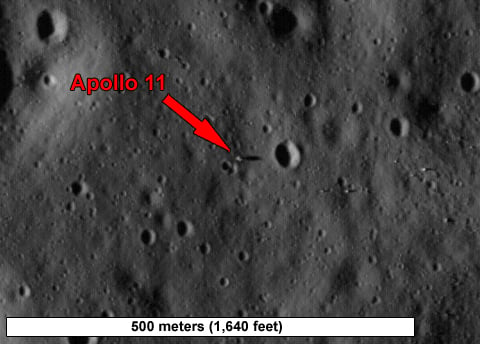

Images of Apollo hardware crash sites on the Moon However, the imagery has not been released. According to a statement made in 2012 by Yan Jun, chief application scientist of the Chinese lunar exploration program, Chang’e-2 “ spotted traces of the previous Apollo mission in the images”. In 2010, its Chang’e-2 spacecraft mapped the Moon from an altitude which varied between 15 and 100 kilometers (9.3 and 62 miles), with a maximum resolution of 7 meters (23 feet). Images of the six Apollo landing sites acquired by the Lunar Reconnaissance Orbiter (2009-).Ĭhina has sent several probes to the Moon.
Japan moon orbiter photos apollo Patch#
This patch is compatible with the soil color changes expected as a consequence of the displacement of surface dust and the exposure of differently-colored underlying rock that would be caused by a spacecraft rocket motor.įigure 7.7-4. The images acquired by this probe included the one shown in Figure 7.7-1, which features a dark patch of differently reflective soil exactly where NASA said that Apollo 15’s LM had landed. The 1994 Clementine probe, launched by NASA, spent 71 days orbiting the Moon to map its surface at various wavelengths, from ultraviolet to near infrared, and with a laser altimeter. The Lunar Reconnaissance Orbiter was the first probe equipped with instruments that were capable of directly imaging in detail the Apollo vehicles. Three probes of three separate countries have photographed the differently-colored patch of lunar soil produced by the landing of Apollo 15. However, they were able to acquire evidence of their presence. Many of these spacecraft carried telescopes and cameras, but these instruments were not powerful enough to show directly the vehicles left behind by the Apollo astronauts. Some of these spacecraft are currently in operation in orbit around the Moon, sending fresh images and science data. THE DETAILS: Over the course of the decades since the Apollo crewed landings, the Moon has been visited and mapped in progressively greater detail by uncrewed probes sent by China, India, Japan and the United States.

Their images confirm that there are vehicles and science instruments exactly where NASA said it placed them. India, China, Japan and the United States, have sent science probes to the Moon and have surveyed its entire surface, including the Apollo landing sites. One year will be spent scouting future landing sites followed by three years of purely scientific observations.IN A NUTSHELL: Actually, several countries have done just that. The solar-powered spacecraft also will measure the solar and cosmic radiation that future lunar explorers will face and map out the surface topology, mineralogy, and chemical composition of Earth's nearest neighbor. It eventually will be maneuvered into a circular 31-mile-high orbit, allowing it to photograph surface features - including the Apollo landing sites - with three times greater resolution than the pictures released Friday.Įquipped with seven state-of-the-art cameras and other instruments, LRO was built to look for suitable landing sites for future manned missions while creating the most detailed lunar atlas ever assembled. Launched June 18, the Lunar Reconnaissance orbiter braked into an initially elliptical orbit around the moon on June 23. The Apollo 14 landing site as seen by the Lunar Reconnaissance Orbiter. The Apollo 12 landing site will be imaged during upcoming orbits. The Apollo 11, 14, 15, 16, and 17 landing sites were photographed between July 11 and 15. "Indeed, the images are fantastic and so is the focus."

"We were very interested in getting our first peek at the lunar module descent stages just for the thrill - and to see how well the cameras had come into focus," Mark Robinson, principal investigator of the LRO's main camera, said in a statement.

The Apollo 11 landing site, photographed by the Lunar Reconnaissance Orbiter. Shadows cast by the Apollo descent stages are clearly visible and in some cases, the moon walkers' paths can be seen in the disturbed dust. Forty years after the Apollo 11 voyage to the moon, NASA released photographs from the new Lunar Reconnaissance Orbiter spacecraft Friday showing five of the six Apollo landing sites.


 0 kommentar(er)
0 kommentar(er)
